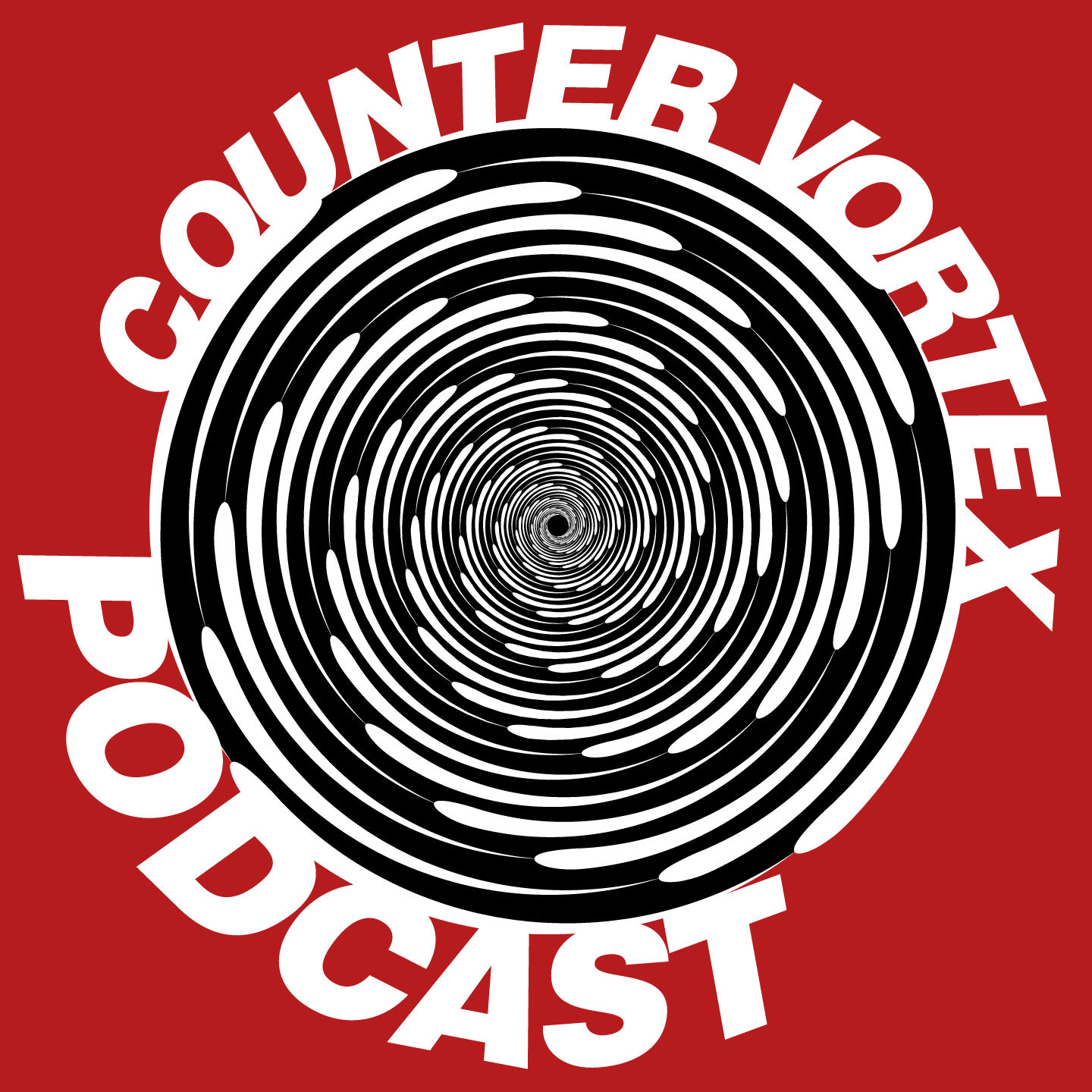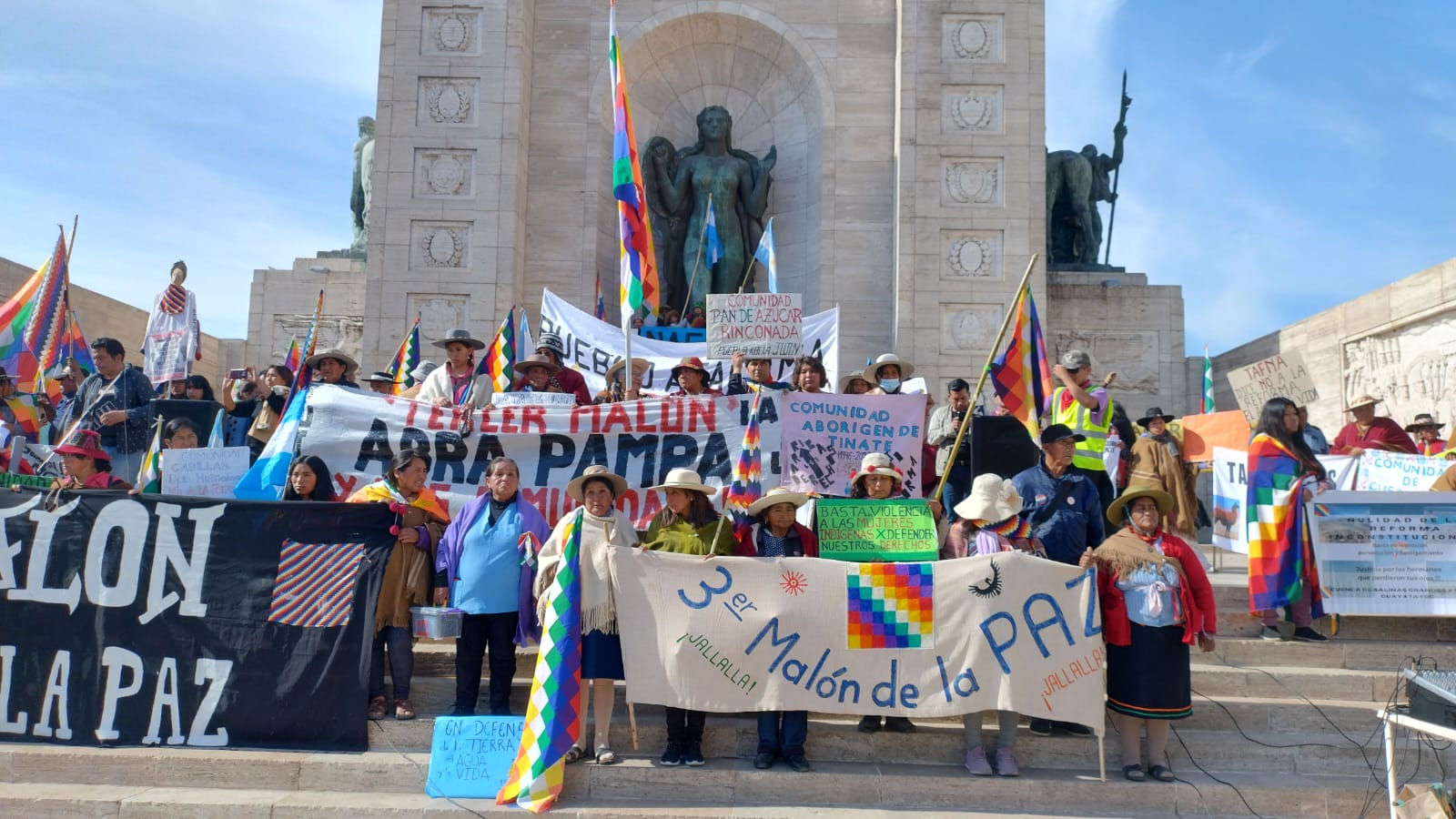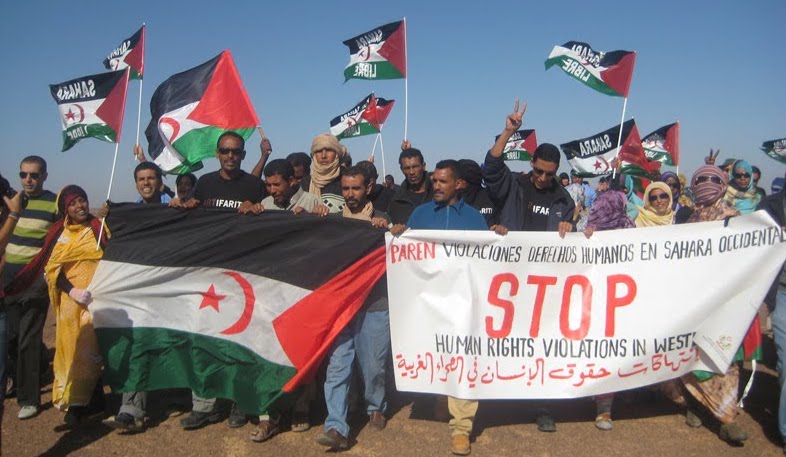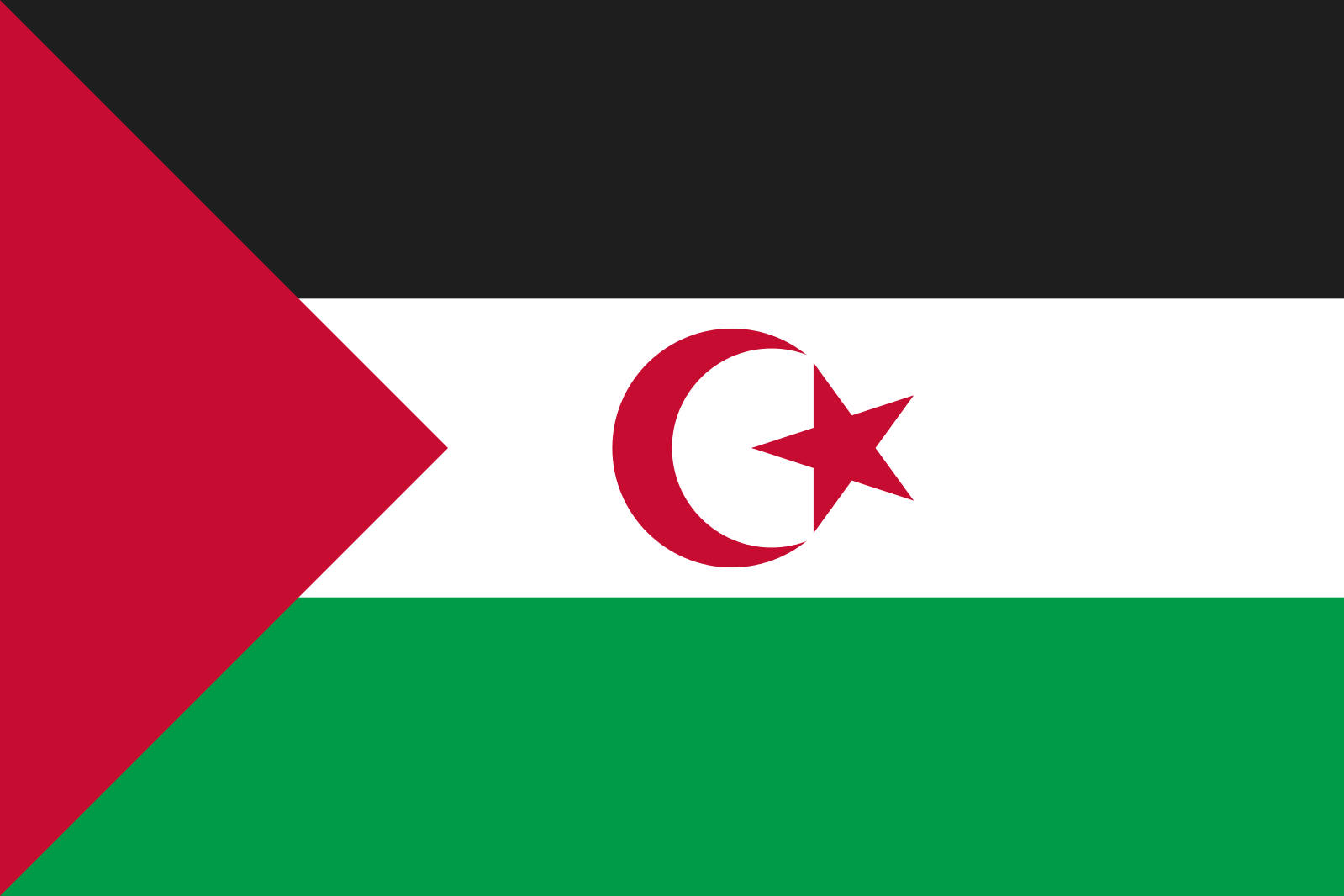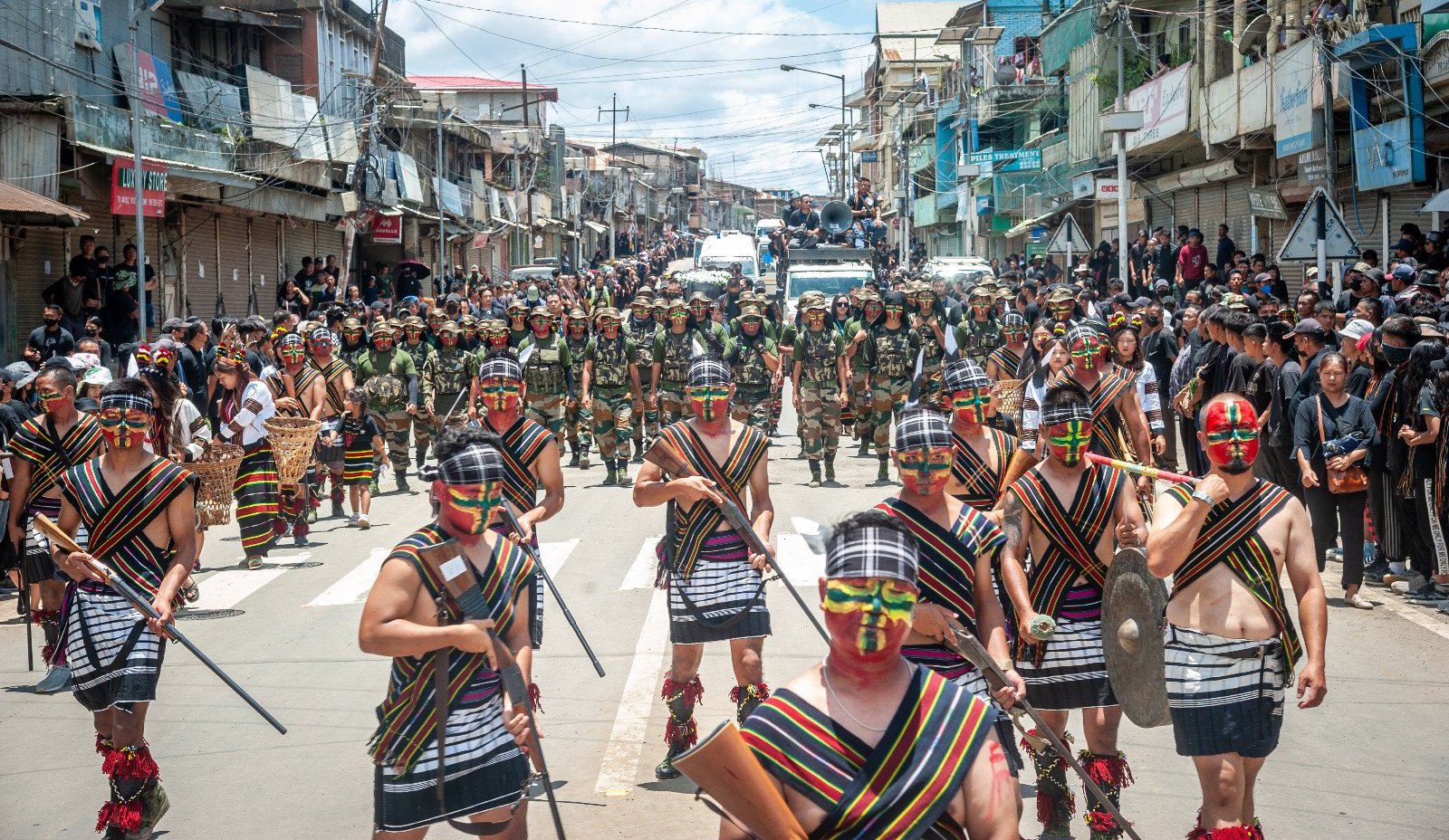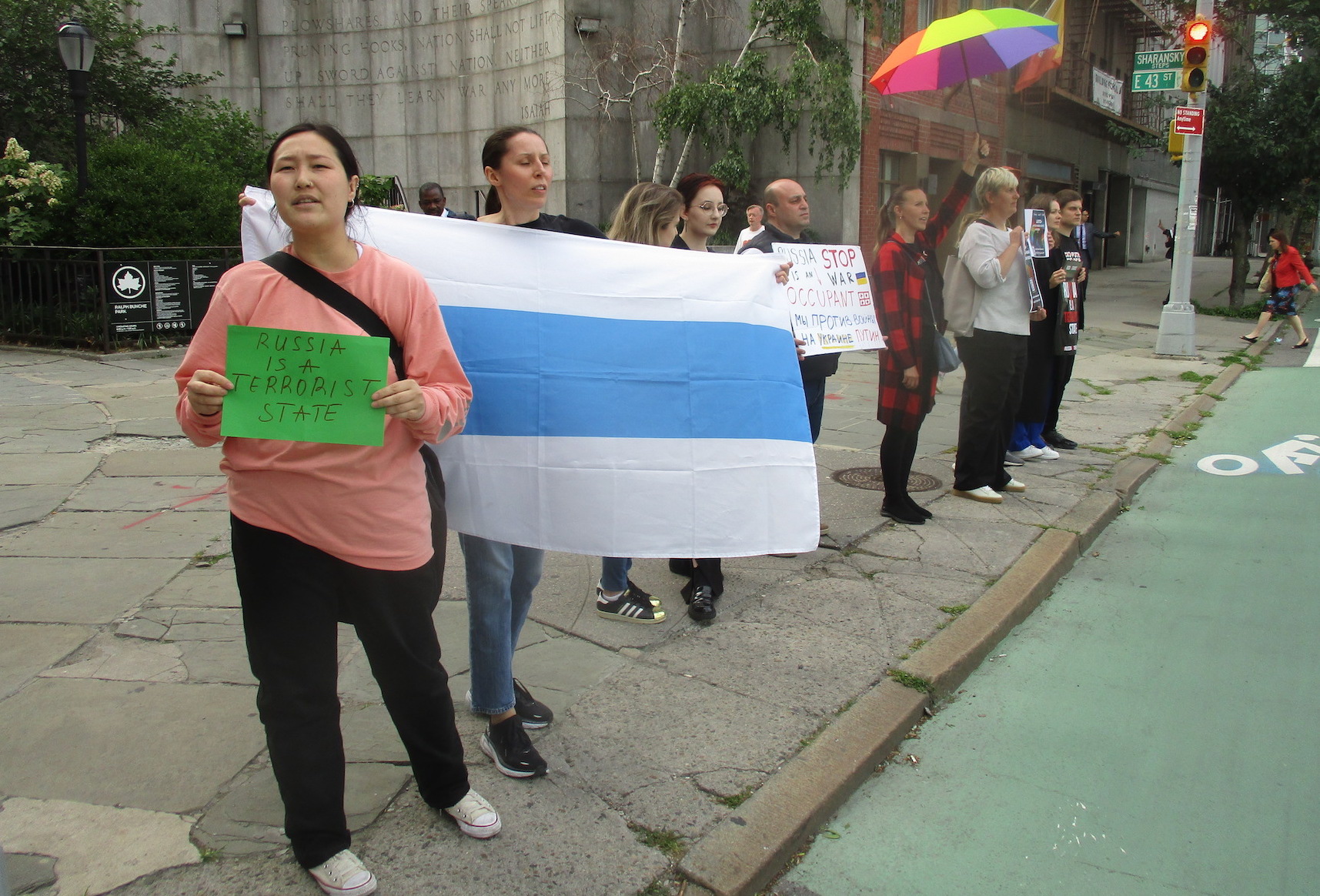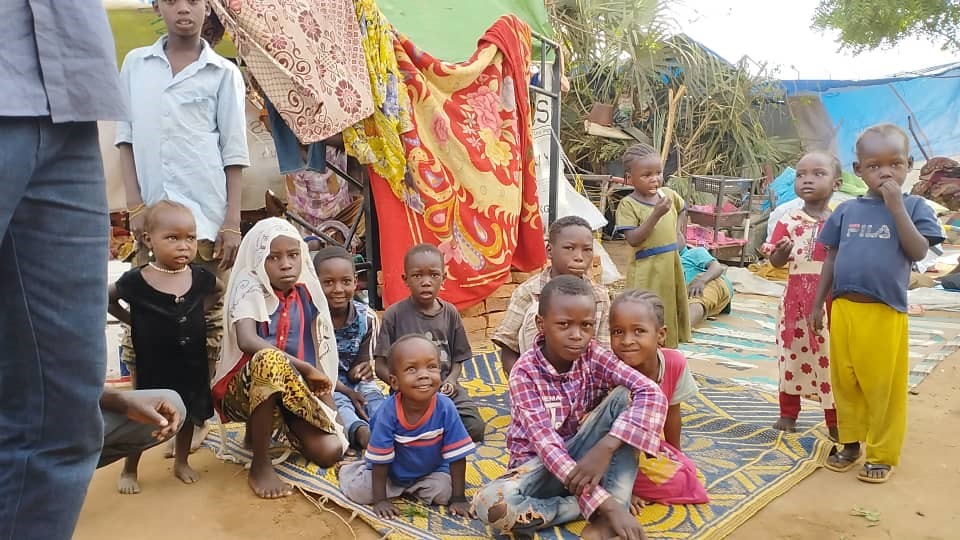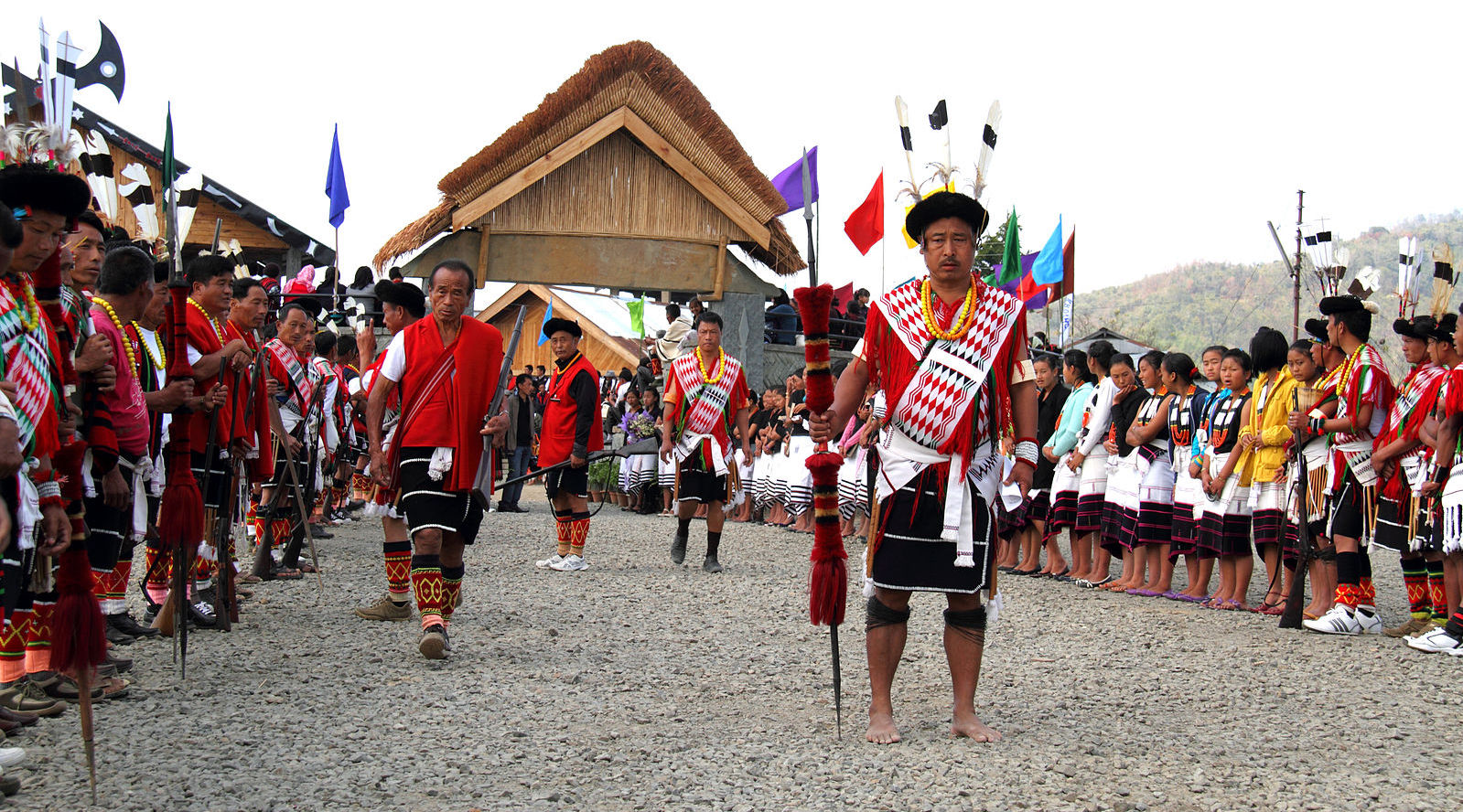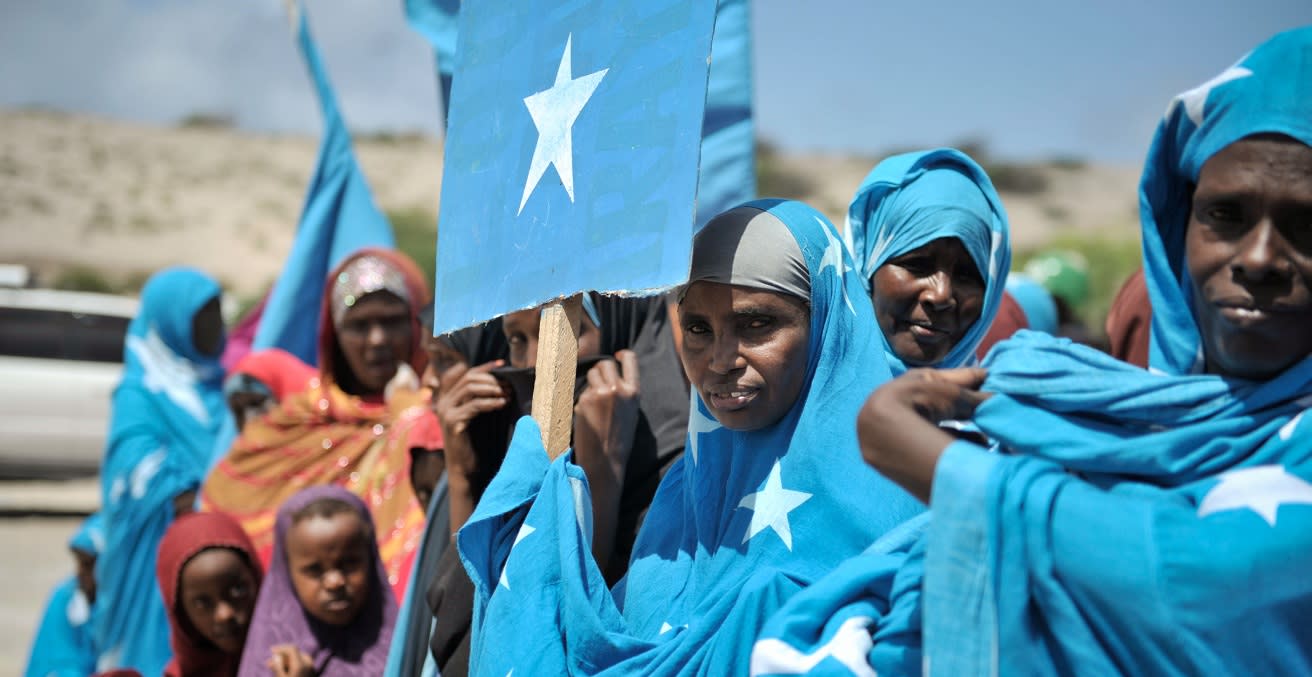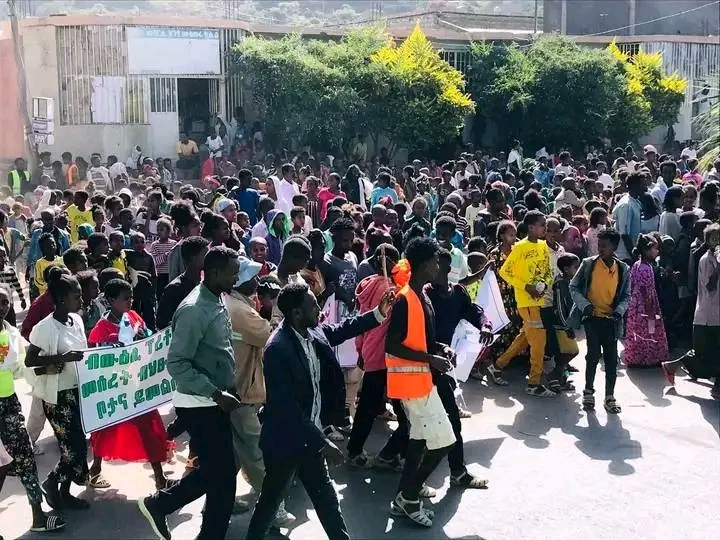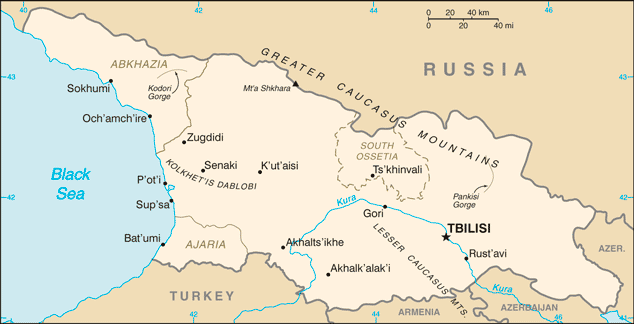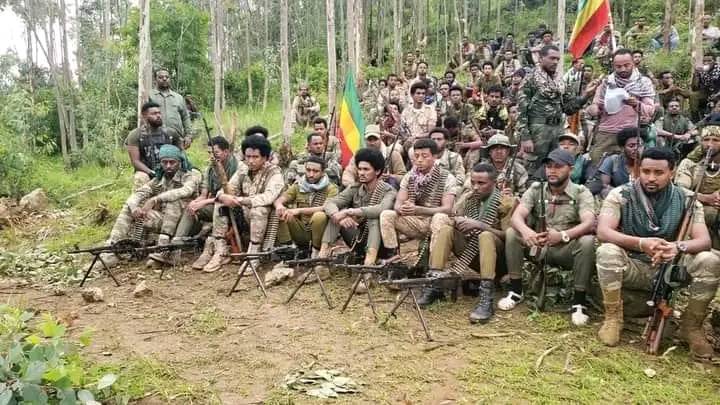
Ethiopia: Amhara militia in new clashes with army
Ethiopia’s government declared a state of emergency in Amhara state over ongoing clashes between the federal army and local Amhara Fano militiamen. The Ethiopian army and the Fano militia were allies in the two-year war in the northern Tigray region. Their relationship later deteriorated, in part over recent efforts by federal authorities to disband regional paramilitary groups. (Photo via Facebook)

